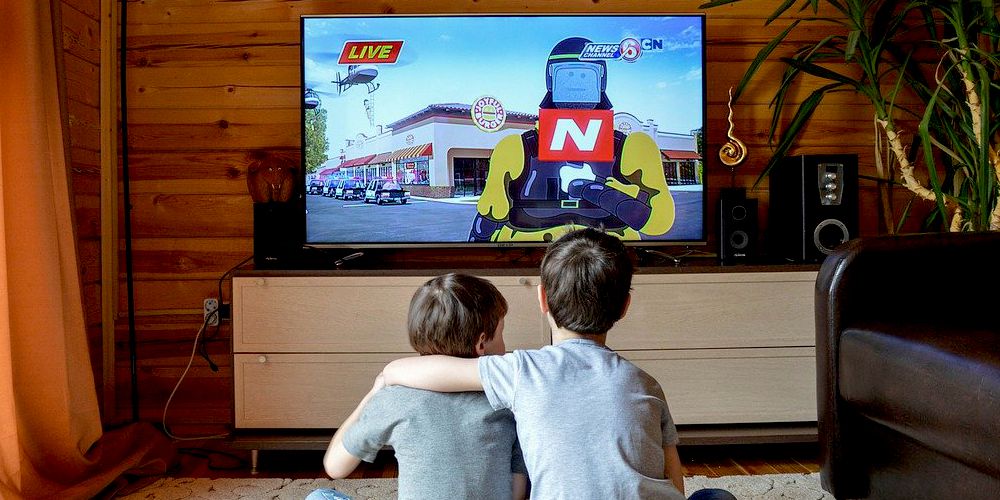When you hit the couch to watch TV, that's probably what you're doing literally: looking at your TV.
That said, how you watch is likely to be vastly different compared to how people watched TV even 10 or 15 years ago. This is generally good for viewers, but both broadcasters and TV providers probably aren't too happy.
In the past few years, we've seen a few different approaches used by companies to try to get us watching live TV again. Is this going to work, or is the all on-demand all the time mindset that is currently so popular too entrenched to change?
Netflix and Kill
It seems like forever ago now, but it's only been 10 years since Netflix really started to skyrocket in popularity. Granted, the service was well-known back then, but it wasn't ubiquitous like it is now. When you streamed from Netflix, it was mainly movies that were either low-budget or a few years old. It was far from the must-have it became.
That said, it didn't take long for the idea of Netflix and similar services to take off. Once the "big three" of Netflix, Hulu, and Amazon Prime Video took hold, there was no stopping them. Meanwhile, oblivious to the looming threat, cable and satellite companies were charging more and more all the time. It didn't take long before the term "cord cutter" was one that most people were at least vaguely familiar with.
Why Watch Now When You Could Watch Whenever?
When TiVo and other companies first introduced their DVRs, it changed the way we watched television. No longer did you have to be on your couch at a specific date and time to watch a show or movie you wanted to see. Just select it from the guide, set it to "record," and you could watch it whenever you wanted. Granted, you could have done this with a VCR, but that almost never worked the way you wanted it to.
DVRs and watching shows whenever you felt like it seemed like a big deal until Netflix and other streaming services showed up. Now you didn't even have to record a show or movie, you just selected it from the list of available shows and movies and watched it.
TV was no longer something you had to plan. It was just there, whenever you wanted to watch it. How do you come back from that? For some companies, the answer seems to be putting the unpredictability back in TV.
Syfy, for example, has been running an Adult Swim-style late night animation block it calls TZGZ. The difference is, the channel advertises it as airing at "midnight-ish." This makes it tough to DVR, and sure, you can watch on your computer, but that's not as big a screen as your TV.
Too Much TV, Not Enough Time
Live TV providers like Sling TV, Hulu, and FuboTV are betting on something else: You don't always know what you want to watch. We've all lazily browsed through Netflix without ever picking anything, only to exit the app. This isn't because there's nothing to watch, it's because there is too much to watch.
Of course, there are other reasons people subscribe to these services: live sports, local programming, and shows that aren't always available on streaming services right away. After all, nobody wants to pay $60 or more per month for something they only watch when they don't know else to watch.
That's exactly what companies like Viacom are counting on when it comes to a different type of live TV.
Free... With a Catch
You may not have heard of Pluto TV or Xumo, but both of these services are growing rather quickly. Why? Because they offer an experience very similar to live TV, except its entirely over the internet, and it's entirely free. Well, that last part isn't totally true.
Pluto and Xumo are both supported 100 percent by advertising. So as long as you don't mind commercials—after all, you get them with paid live TV as well—they're a much cheaper option. Of course, you're not going to see the latest and greatest shows, but if you're looking for something to put on in the background while you do some cleaning, they get the job done.
Paid live TV streaming services are constantly struggling with subscribers, especially as more of them fight for slices of the same pie. What the future holds for them remains to be seen, but things certainly seem bright for Pluto and its ilk.
